Seated in the centre of a landscape sheltered by cliffs, a female figure holds a thunderbolt in one hand, a bundle of darts imitating lightning and an attribute of Jupiter, and caresses a salamander in the other, a mythical creature that lives in fire and is at the heart of alchemical thought. Around her, in great disorder, everyday kitchen objects made of copper or brass as well as elements of armour and weapons are scattered. All of these metal elements refer to the flames that were used to shape them, evoking the forges of Vulcan, master of underground fire. Finally, the large birds in the centre are none other than ostriches known for swallowing burning iron, digesting it and restoring a purer metal. A worthy heir to the miniaturists of past centuries, Adriaen van Stalbemt has a confident brush and surgical stroke, which offers the viewer a multitude of objects with striking realism. The influence of Brueghel is obvious in our composition, in particular that of Jan Brueghel the Elder with whom he often collaborated.
With the seasons and human temperaments, the four elements represent the fundamental principles of cosmic order and natural life, they complete the doctrine of correspondences between microcosm and macrocosm, that is to say the analogy between man and the universe. Thus each element is attached to a season and a temperament: water corresponds to winter and phlegmatic mood; fire to summer and anger; earth to autumn and melancholy; air to spring and a sanguine character.
Originally, our painting was part of a series on the elements, of which the Allegory of the Earth is now missing, probably lost. However, the Allegory of Water and the Allegory of Fire, which we present in the gallery, remain. Ideally, these three paintings should be brought together in the same collection (see mood photo).
Our painting is enhanced by its powerful 18th century carved and gilded wooden frame.
Dimensions: 55.5 x 71 cm - 56.5 x 72.5 cm with frame
Sold with invoice and certificate of expertise
Adriaen van Stalbemt (Antwerp 1580 – Id. 1662) is a Flemish painter who is part of the formidable epic of Antwerp artists who have magnified the art of landscape with the concern for a meticulous representation since the middle of the 16th century. The main episodes of his life are recounted by the biographers Cornelis de Bie (1627 – 1715) and Arnold Houbraken (1660 – 1719). In 1585, his Protestant family went into exile in Middleburg, where Van Stalbemt probably held his first brushes. In 1609, after the entry into force of the Twelve Years' Truce, putting an end to the conflicts between the Southern Netherlands and the United Provinces, he returned to Antwerp. Admitted as a master to the Guild of Saint Luke in 1610, he was elected dean in 1617. Appreciated for his mythological, allegorical or religious scenes set in rich landscapes, he showed a real talent for painting elegant figures. Thus some of his colleagues would call upon him to paint the figures for their compositions, first and foremost Jan Brueghel of Velvet (1568 – 1625). A prolific painter, Van Stalbemt met with real success and today, his works are admired in the greatest museums.
Bibliography:
- GIBSON, Walter S., Mirror of the Earth: the World Landscape in Sixteenth-Century Flemish Painting, Princeton, Princeton University press, 1989.
- THIERY, Yvonne, Flemish Landscape Painters in the 17th Century: Precursors to Rubens, Lefèbvre and Gillet, 1988.
- Collective work, Die Flämische Landschaft 1520 – 1700, exhibition catalogue at the Kulturstiftung Ruhr Museum in Essen (23.08 to 30.11.2003) and then at the Kunsthistorisches Museum in Vienna (23.12.2003 to 12.04.2004).
- TAPIE, Alain, WEEMANS, Michel, Fables of the Flemish landscape, (exhibition cat. Lille, Palais des beaux-arts, October 6, 2012-January 14, 2013), Paris, Somogy, 2012.



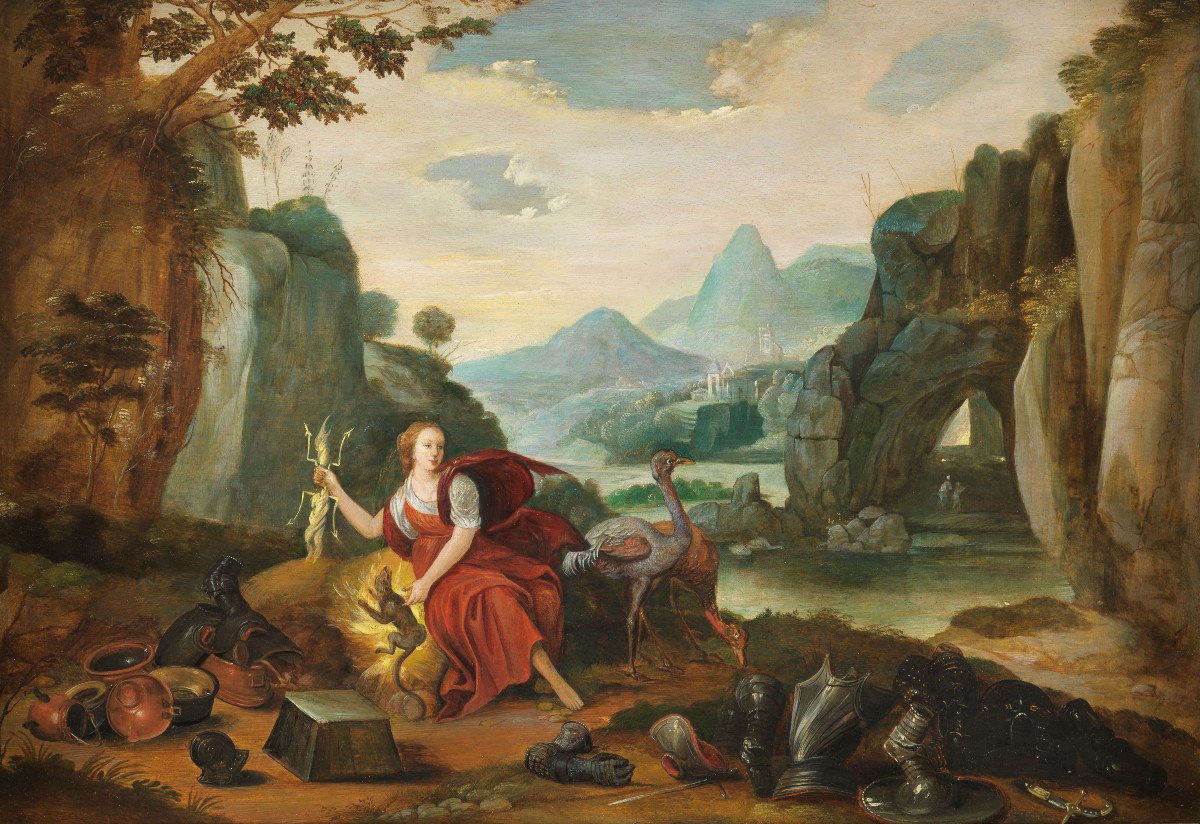
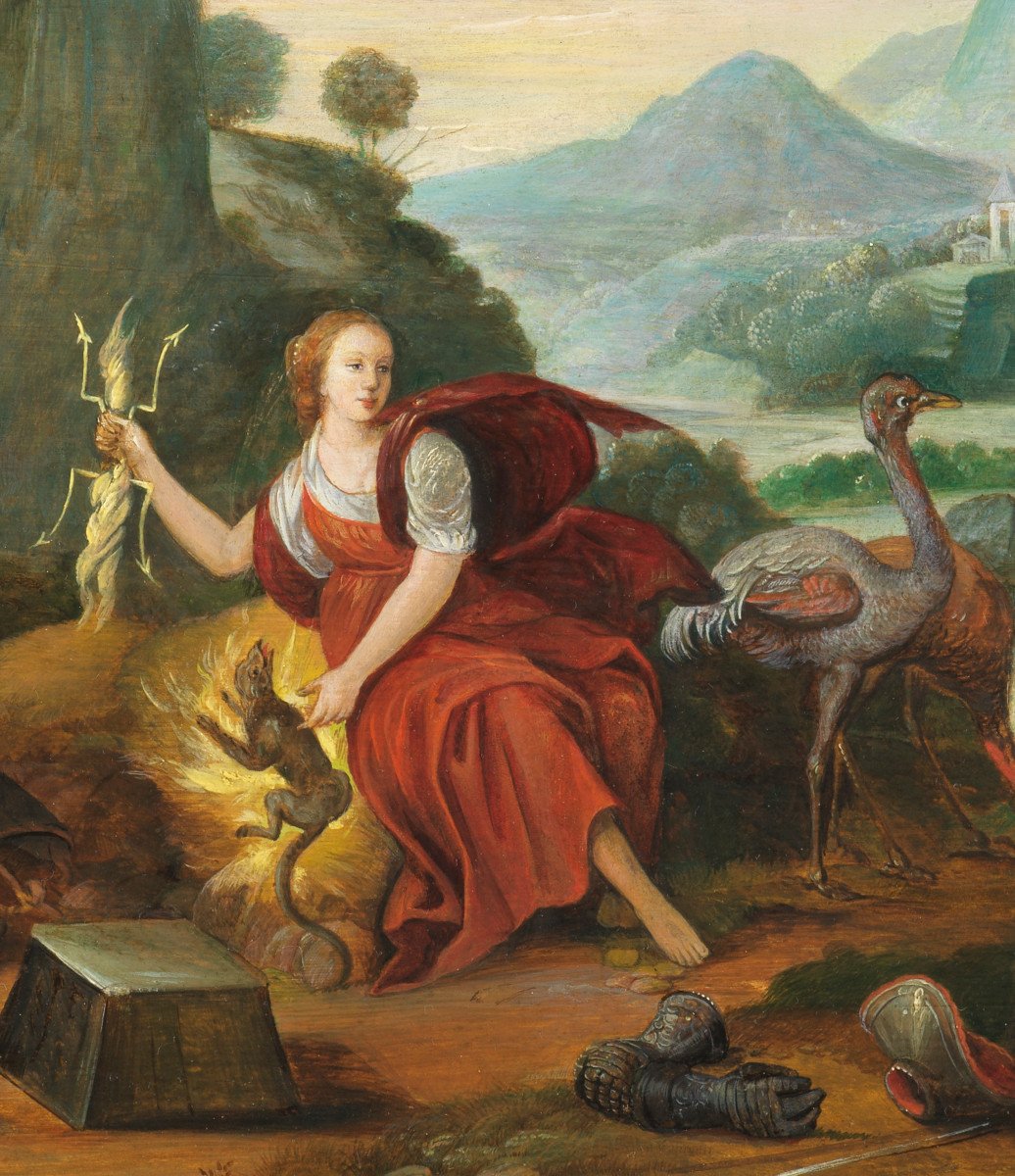
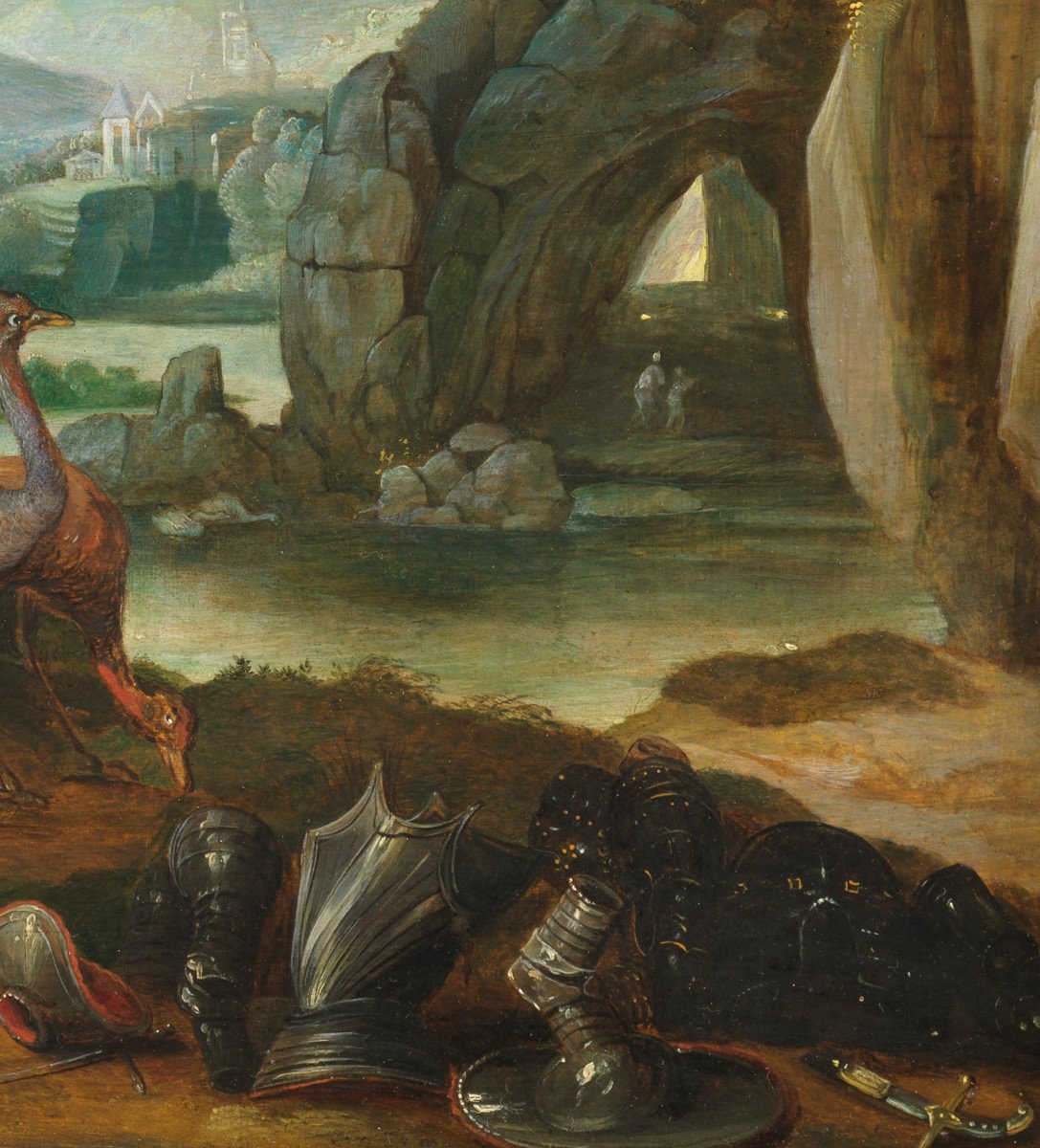
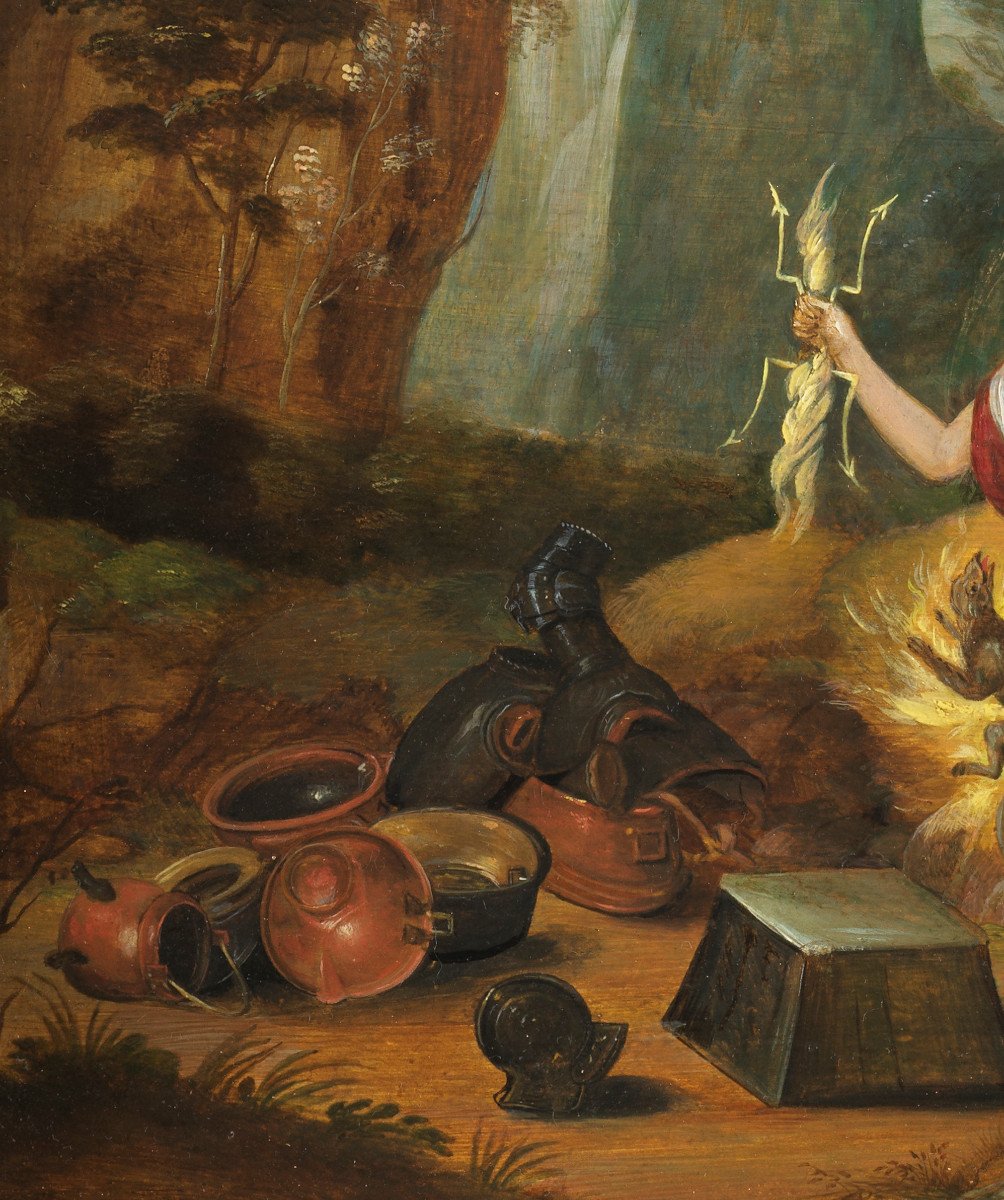


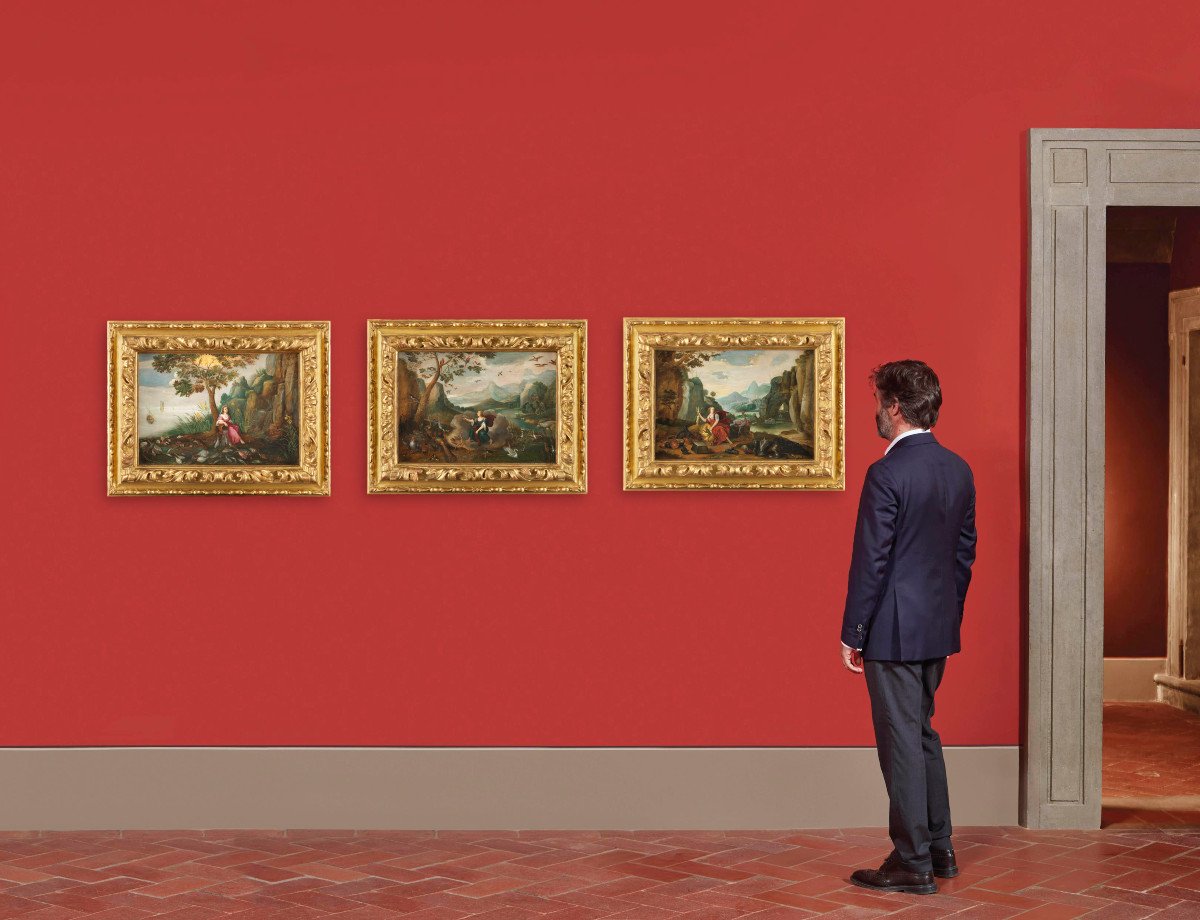















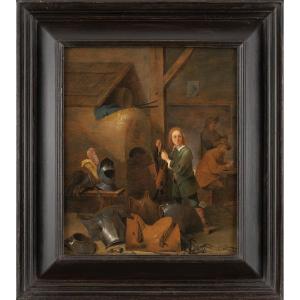
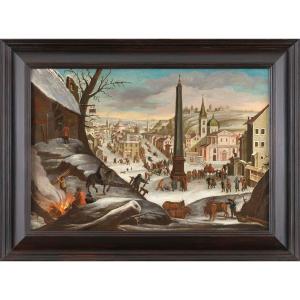






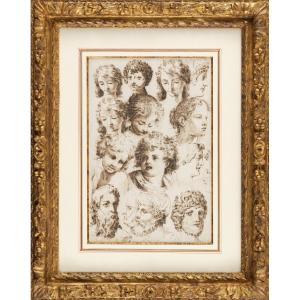



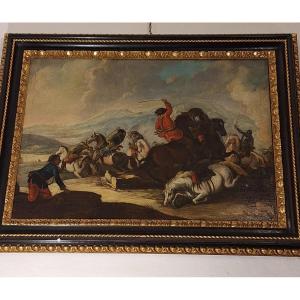





 Le Magazine de PROANTIC
Le Magazine de PROANTIC TRÉSORS Magazine
TRÉSORS Magazine Rivista Artiquariato
Rivista Artiquariato